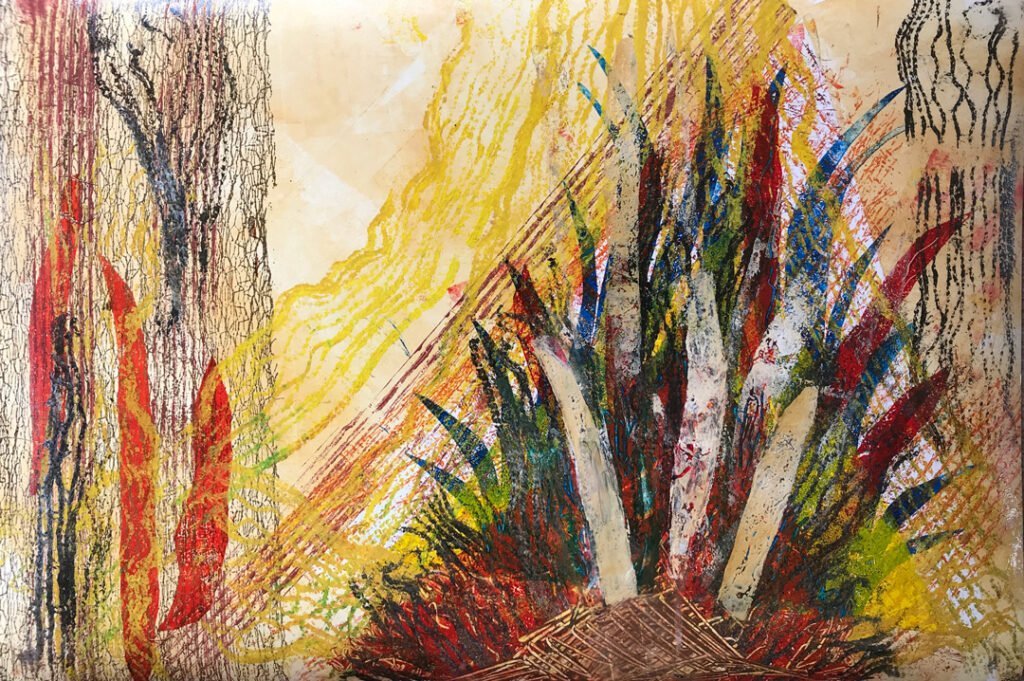I have been a student of Kum Nye for over thirty years, and I still love the simplicity and effectiveness of this practice.
It comes from Tibet and was brought to the west by Tarthang Tulku in the 1970s. It has never become widely popular, which is a mystery to me, because it is such a beautiful practice.
I think we all understand some of the benefits of meditation. Meditation quietens the mind and allows us to experience the present moment with an open spacious heart. However, it is not easy – the mind is very tricky and tends to carry us away all over the planet and back before we realise. We can become agitated rather than calm.

Kum Nye is meditation, in the sense that we are training the mind to settle, focus and recognise itself.
Here the focus is on the sensation of movement, very slow movement done with awareness. This is somatic movement, but with Kum Nye we are highlighting pure sensation, rather than focussing on body parts, such as ribs, spine, or muscles.
For most people it is much easier to focus on a moving body than a still one. It is more interesting. The mind becomes curious and engaged, and our experience can deepen quite dramatically. We start to realise that our direct experience of the body is very different from the ideas we have about it, and that this experience is valuable. The mind lets go of control, tensions melt away and the body heals – it wakes up.

Because the movements are done very slowly with attention, all the benefits of somatic movement apply. The brain will release and re-pattern areas of the body that have become chronically tense and stiff.
Also because we are focusing on pure sensation, the mind learns to discriminate with greater precision. It is then able to directly experience the qualities of the energy body, and also the space in which these finer sensations arise. Accessing this space as peaceful, radiant and awake can feel like coming home.
So if you are interested in meditation, in exploring the mind and healing the body, I would highly recommend these practices. For me their real gift is in how effective they are at so many different levels, all at once. And they are very easy and pleasurable to do. This is why I am still a keen student of Kum Nye.
Dyana Wells, October 2019





